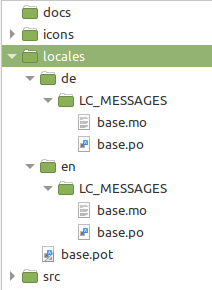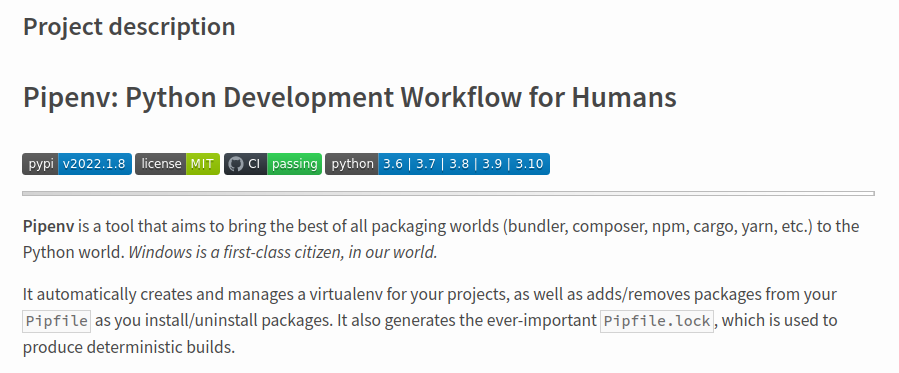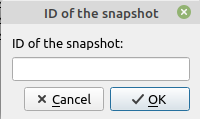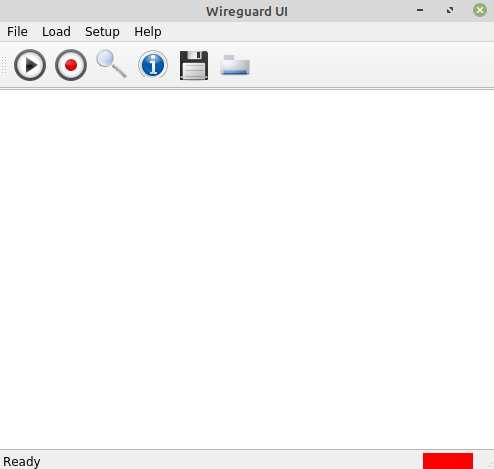Python3 - Struktur eines Projektes
Python3
1
Beiträge
1
Kommentatoren
165
Aufrufe
-
Ich hatte mich gestern mal versucht ein wenig einzulesen, wie man ein Python Projekt strukturiert. Dabei habe ich wieder viele interessante Dingen gelernt.
Eine Sache davon ist das hier
requirements.txt erzeugen
(restic_ui-RwXjz-0W) frank@frank-MS-7C37:~/restic_ui$ pipenv lock -r > requirements.txtInhalt aktuell
cffi==1.15.0 cryptography==36.0.1 pycparser==2.21 pyqt5-qt5==5.15.2 pyqt5-sip==12.9.0 pyqt5==5.15.6Meine aktuelle Struktur sieht so aus
frank@frank-MS-7C37:~/Restic_UI_Produktiv/restic-ui-public$ tree . ├── icons │ ├── add.svg │ ├── delete.svg │ ├── document-save.svg │ ├── edit.svg │ ├── exit.svg │ ├── folder-open.svg │ ├── help-info.svg │ ├── media-playback-start.svg │ ├── reload.svg │ ├── Restic_Logo.png │ ├── Restic_UI_main_screen.png │ └── settings.svg ├── LICENSE ├── log.txt ├── Pipfile ├── Pipfile.lock ├── README.md ├── requirements.txt ├── setup.py └── src ├── create.py ├── crypt.py ├── functions.py ├── __init__.py ├── __pycache__ │ ├── crypt.cpython-38.pyc │ ├── functions.cpython-38.pyc │ ├── settings.cpython-38.pyc │ └── waitingspinnerwidget.cpython-38.pyc ├── restic_ui.py ├── settings.py └── waitingspinnerwidget.py 3 directories, 30 filesDie Ansicht bekommt man mit
apt install treeQuellen

The optimal python project structure
A simple structure template for building python packages and projects.

Away with ideas (awaywithideas.com)



